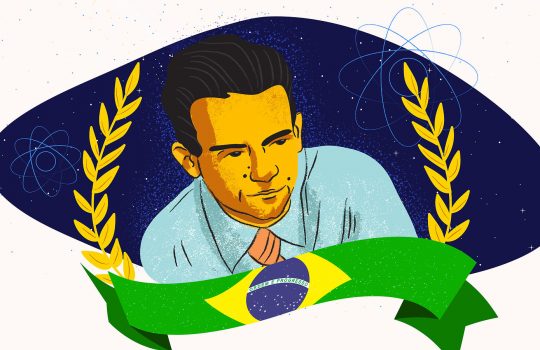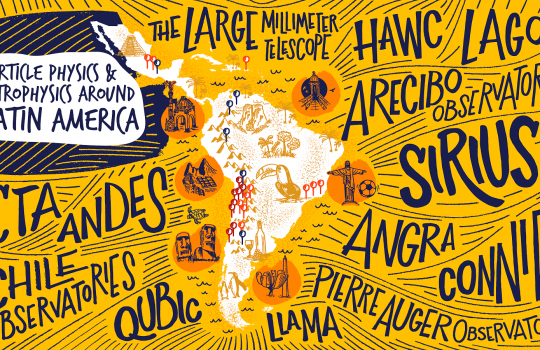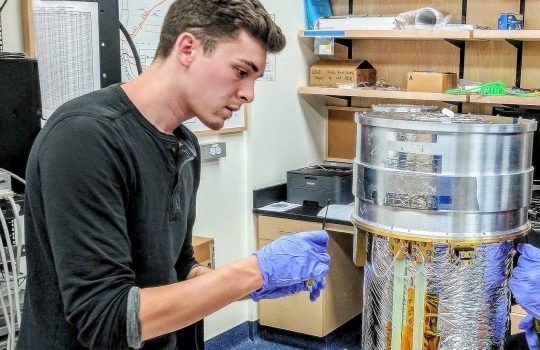Q&A: Paving a path for AI in physics research
From APS’s Physics, Oct. 3, 2019: Fermilab scientist Brian Nord imagines a future where machines test hypotheses on their own — and considers the challenges ahead as scientists embrace artificial intelligence techniques. Nord has begun applying AI to problems in astronomy, such as identifying unusual astronomical objects known as gravitational lenses. He spoke to Physics about his recent projects and how he thinks AI will change the way researchers do science.




